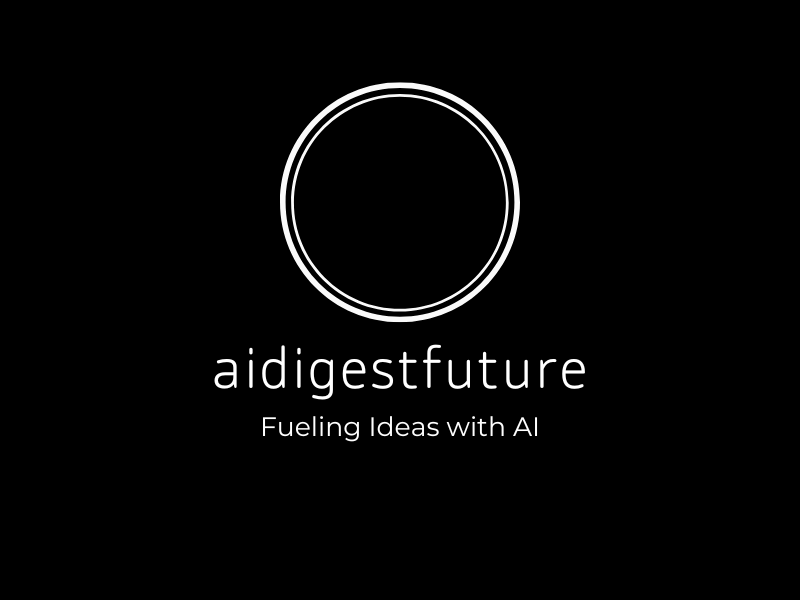
AI Revolutionizing Infection Treatment and Combating Antimicrobial Resistance
The Role of AI in Modern Medicine
The advent of artificial intelligence (AI) in healthcare has been nothing short of transformative. From optimizing surgical procedures to diagnosing diseases with precision, AI’s applications are revolutionizing healthcare systems worldwide. Among the most pressing challenges AI helps address is that of **infection treatment** and **antimicrobial resistance (AMR)**.
The rise of drug-resistant bacteria and viruses is one of the greatest health threats of the 21st century. Overuse and misuse of antibiotics, coupled with slow advancements in drug development, have created an urgent need for innovative solutions. Fortunately, artificial intelligence is stepping up to bridge this gap, offering unprecedented tools and insights to combat this global crisis.
What Is Antimicrobial Resistance?
Antimicrobial resistance occurs when microorganisms, like bacteria, fungi, viruses, or parasites, learn to withstand the effects of drugs designed to kill them. This resistance makes it increasingly difficult to treat common infections, leading to prolonged illnesses, higher healthcare costs, and, in severe cases, death.
Some alarming facts about AMR:
- Globally, AMR is responsible for approximately 1.27 million deaths annually, making it a silent pandemic.
- By 2050, it is estimated that AMR could cause over 10 million deaths per year if no significant action is taken.
- Antibiotic resistance in particular is accelerated by the unnecessary prescribing of antibiotics or improper use of the medications.
AI offers groundbreaking innovations that hold the potential to counter AMR and improve infection treatments in several critical ways.
AI-Powered Drug Discovery
Faster Identification of Effective Antibiotics
Developing new antibiotics is a labor-intensive process that often spans over a decade, costing billions of dollars. AI, however, is shortening this process dramatically by:
- Predicting drug compounds: AI algorithms analyze millions of molecular structures to identify compounds with antimicrobial properties.
- Speeding up candidate screening: AI models can sift through existing drug libraries to assess the efficacy of a drug or repurpose existing medications.
- Simulating lab environments: Machine learning models simulate biological interactions, reducing the need for extensive lab work.
One landmark achievement was the identification of Halicin—a novel antibiotic discovered by AI that shows promise against drug-resistant strains. This discovery took just days using AI, illustrating the technology’s potential to revolutionize drug discovery.
Personalized Antibiotic Therapy
Overprescribing antibiotics is one of the major contributors to AMR. AI now enables **personalized infection treatments**, ensuring that patients receive the right drug, at the right dose, for the right duration. AI-powered diagnostics consider factors like:
- Patient history: AI systems analyze medical records to pinpoint prior drug responses.
- Microbial genomics: AI tools assess the genetic profile of pathogens to tailor antibiotic choices specifically to the infection.
- Real-time data: Utilizing real-world data streams, AI adjusts treatment plans dynamically for improved outcomes.
This targeted approach minimizes unnecessary drug prescriptions, preventing microbial adaptation and resistance.
AI Enhancing Infection Diagnosis
Accurate and timely diagnosis is critical to effective infection treatment. Misdiagnosis or delayed diagnosis can lead to improper medication usage, further exacerbating resistance. AI is revolutionizing diagnostic methods by:
Providing Rapid Point-of-Care Diagnostics
Traditional lab-based testing methods take hours or even days for results, especially for complex infections. AI-supported diagnostic technologies are shrinking that time to mere minutes. For instance, **AI-enabled rapid testing tools**:
- Detect infections in real-time using biosensors, machine vision, and imaging techniques.
- Offer point-of-care solutions, eliminating the need for centralized testing laboratories.
- Identify specific pathogens and assess their sensitivity to antibiotics on the spot.
This swift, data-driven diagnostic approach empowers healthcare workers to make informed decisions promptly, leading to better outcomes.
Harnessing Predictive Analytics for Early Detection
AI excels in detecting patterns that even trained physicians might miss. Predictive analytics driven by large datasets of patient histories, infection trends, climate data, and hospital records can identify the early signs of outbreaks. For instance, AI algorithms can:
- Flag unusual antibiotic resistance patterns in hospitals or communities, alerting healthcare providers of emerging threats.
- Predict seasonal infections, like the flu, with remarkable accuracy, enabling timely stockpiling of medications and resources.
- Support triage systems by prioritizing patient care based on infection severity.
AI and Public Health Initiatives Against AMR
Artificial intelligence transcends individual treatment; its power extends to the improvement of population-wide health strategies. AI informs policymakers on curbing AMR through:
Global Surveillance of Resistant Strains
Monitoring AMR on a global scale is complex, requiring the correlation of vast amounts of data from numerous sources. AI automates this surveillance effort by:
- Mining scientific literature, hospital records, and genomic databases to track resistant pathogens across regions.
- Mapping AMR hotspots using geographical and demographic data insights.
- Detecting new mutations in pathogens that bring antibiotic resistance.
These capabilities allow governments and global bodies, such as the WHO, to design more accurate intervention strategies.
Optimizing Antibiotic Stewardship Programs
AI enhances stewardship programs that aim to regulate and rationalize antibiotic usage by:
- Educating healthcare providers: Machine learning tools train medical professionals in identifying situations that warrant antibiotic use.
- Monitoring prescription trends: AI systems highlight concerning patterns in prescribing practices, ensuring adherence to guidelines.
- Reducing unnecessary prescriptions: Automated decision support systems can guide doctors to make evidence-based prescription choices.
Barriers and Ethical Concerns
While AI offers exciting applications in combating AMR, its adoption is not without challenges:
- Data privacy concerns: Patient data is the backbone of AI systems, making cybersecurity vital to earn public trust.
- Access inequality: Many developing countries lack the infrastructure to adopt AI technologies, potentially widening the global health disparity.
- Algorithm biases: Improper training of AI models may amplify healthcare inequalities if they don’t account for diverse patient populations.
Addressing these challenges requires collaboration between governments, healthcare providers, AI developers, and the public.
Conclusion
AI’s integration into healthcare marks a pivotal shift in how we approach infection treatment and antimicrobial resistance. Through **faster drug discovery**, **personalized therapies**, **smarter diagnostics**, and **enhanced public health initiatives**, AI provides a beacon of hope in the fight against AMR, a mounting global crisis.
However, realizing AI’s full potential will require addressing ethical concerns, ensuring equitable access, and fostering collaboration between stakeholders. With continued investments and innovation, AI could not only revolutionize how we treat infections but also pave the way for a post-antimicrobial resistance era.
The question now isn’t if AI can combat AMR but how quickly we can scale its adoption across the globe. The future of infection treatment is here—powered by data, informed by algorithms, and steered towards lasting impact.
